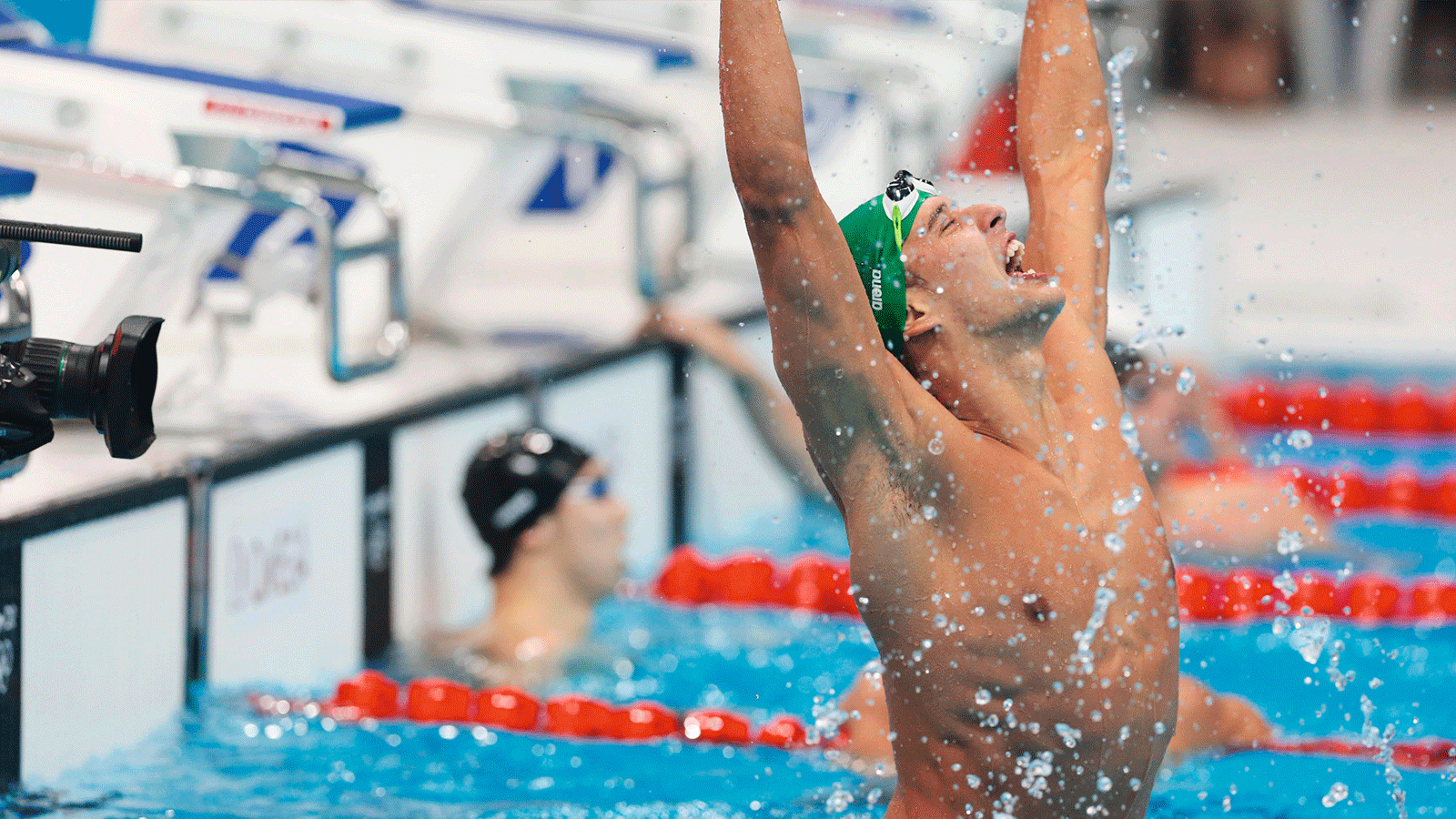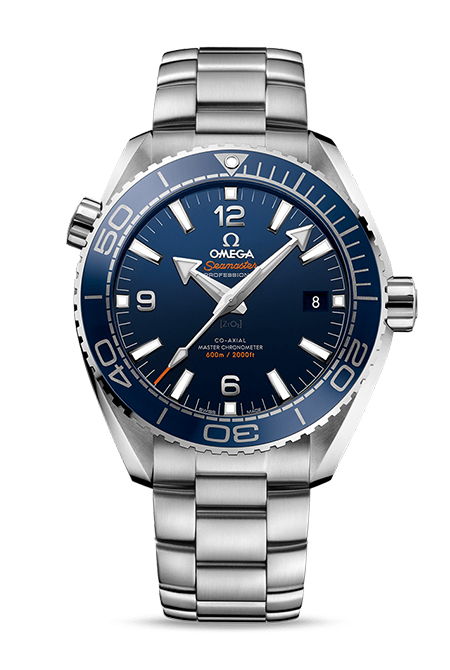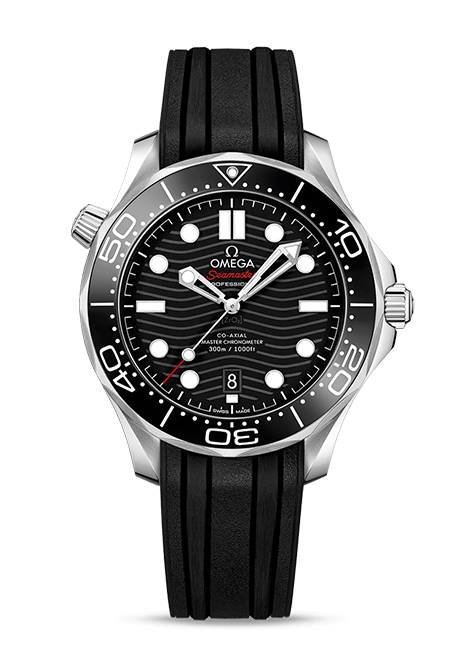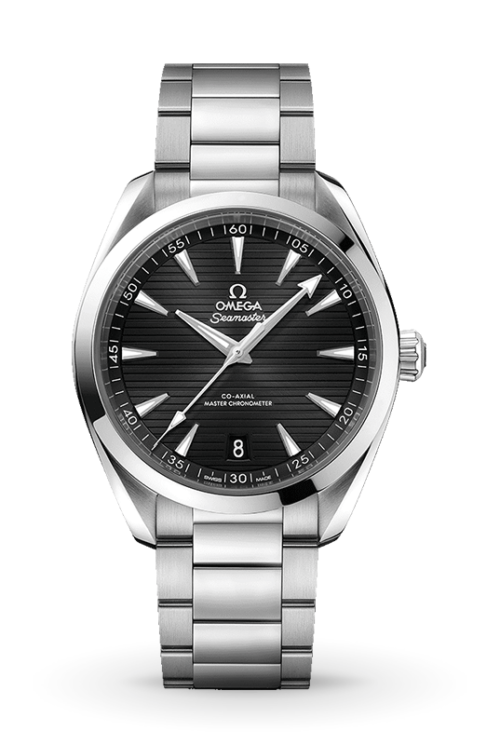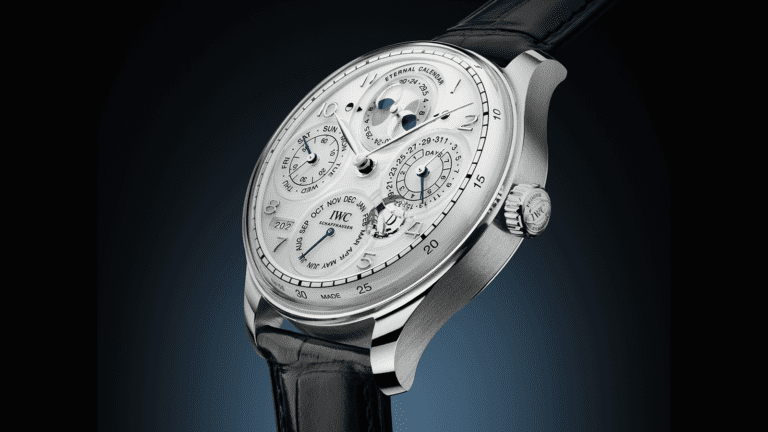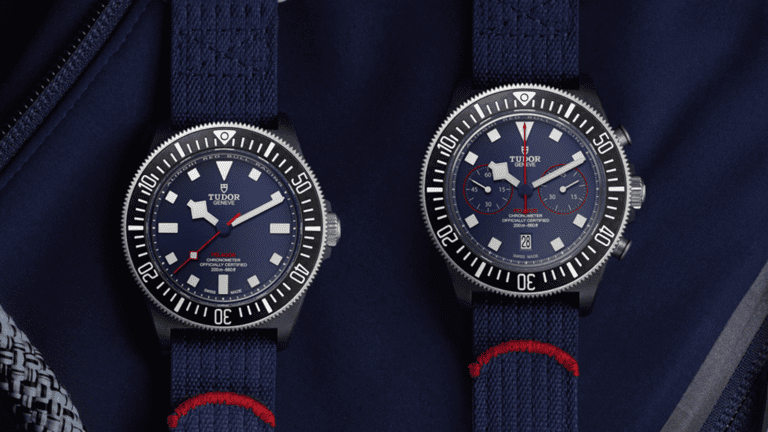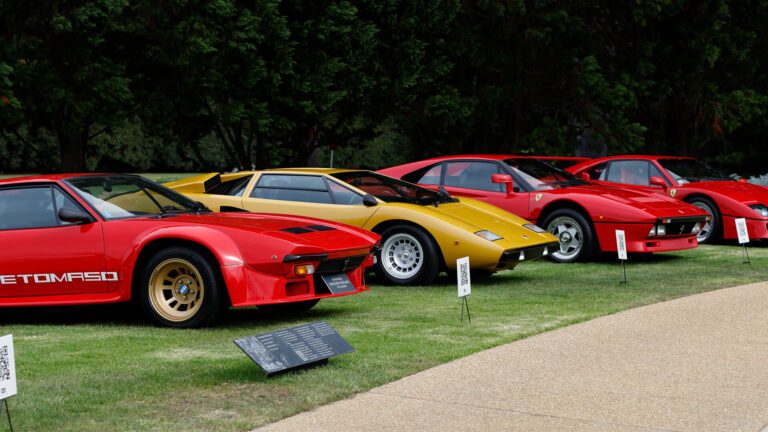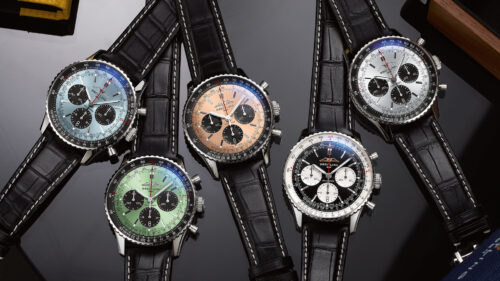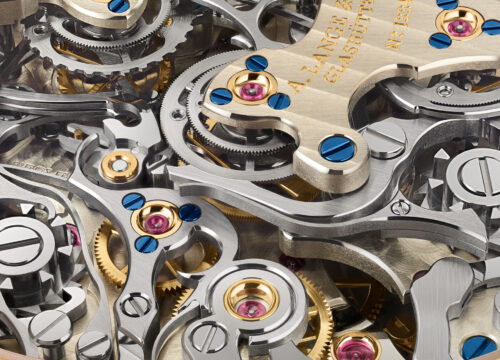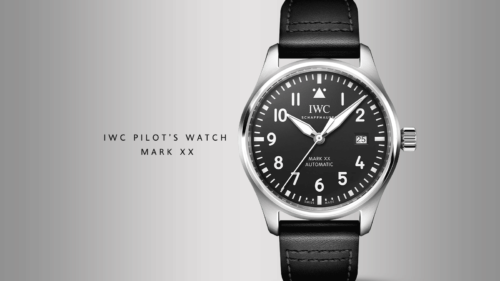OMEGA x The Olympics: Celebrating A Rich History Of Timekeeping
For close to a century, Swiss luxury watchmaker OMEGA has been at the forefront of Olympic timekeeping, having served as the Official Timekeeper for almost every Olympic Games since the 1932 Los Angeles Games. Throughout this enduring partnership, OMEGA has continually pushed the boundaries of precision and innovation, introducing groundbreaking technologies that have transformed the way athletic performances are measured and viewed. From the introduction of the photoelectric cell in 1948 to the implementation of real-time motion sensors in 2018, OMEGA’s advancements have ensured unparalleled accuracy and reliability in Olympic timekeeping. This article delves into OMEGA’s storied history with the Olympics, highlighting the key contributions and technological milestones that have solidified its reputation as the gold standard in sports timekeeping.

Back To Where It All Began
It’s difficult to imagine today, but when the Summer Olympic Games were held in 1932, the transport links in California were remote and unreliable. At the same time, the world was collectively reeling from the dramatic effects of the Great Depression. As a result, athlete participation was the lowest since 1904. Yet, as we have all witnessed time and again, the Olympics has the unique ability to bring an entire country to its feet and showcase, even if just for a fleeting instant, what the human spirit is truly capable of. That is why, amidst this sea of uncertainty, the decision was taken for the first time to choose a single watch company to serve as the Official Timekeeper of the Olympic Games. Improving and elevating the quality and reliability of the results was seen as being of critical importance to the overall Olympic experience.

Even at this time, OMEGA’s name was already synonymous with precision. It had set numerous industry records and had also built a strong reputation in the world of sports timekeeping. With such compelling experience, the company was the most obvious and trusted choice to become Official Timekeeper of the Olympic Games in 1932. It’s no exaggeration to say that this single decision would become a defining moment in the history of sports measurement, setting the course for both an incredible future and an enduring partnership. One which – as you will shortly discover – has seen OMEGA constantly push itself to innovate new solutions in order to deliver ever greater levels of precision.

The beginning though – as beginnings often are – was relatively humble. For the 1932 Games, one OMEGA watchmaker travelled all the way from Bienne to Los Angeles armed with thirty stopwatches for the judges to operate. Each piece had been certified as a chronometer by the Observatory at Neuchâtel and was accurate to the nearest 1/10th of a second. Split-second functionality also meant that intermediate times could be recorded. The brand’s success at the event attracted great praise from many different quarters and established OMEGA’s name in Olympic Games history. Four years later, OMEGA watchmaker Paul-Louis Guignard boarded a train in Basel and headed to Berlin carrying a precious cargo of 185 stopwatches in his suitcase, more than six times the number used at the 1932 Olympics.

The Magic Eye
With the advent of World War II, the next Olympic Games would not take place for another twelve years. First up was the Winter Olympics in St Moritz, Switzerland. It was here that OMEGA debuted its most impressive sport timekeeping innovation yet: the Photoelectric Cell. Often referred to as one of OMEGA’s most significant innovations in the world of timekeeping, this technology replaced the traditional finish line tape with a highly-reactive beam of light. That meant that as soon as the first athlete crossed the finish line, their race time was electronically stopped and could be measured to the nearest 1/1000th of a second. Compared to the reactions of the human eye or the outdated Muybridge Wire, this was a significant improvement.

OMEGA’s Photoelectric Cell was the world’s first independent, portable and water-resistant version of the technology and could be adjusted to resist both high and low outdoor temperatures. Remarkably though, even with their ultra-modern equipment, the five-man OMEGA team was still reliant on a more mechanical piece of technology in St. Moritz. Instead of having an office, they worked from a converted Chevrolet which had been equipped with special shock absorbers in order to protect the sensitive gadgets inside.

By the Summer Olympics held in London six months later, even greater advances had been made in the Photoelectric Cell. Now nicknamed the “Magic Eye”, the technology was used in conjunction with the world’s first slit photofinish camera. Developed by a British firm called “Race Finish Recording Company”, the Racend Timer recorded an image that could prove the exact finishing order of a close race. In London, the photofinish camera was only used to determine final rankings, not official results, but the breakthrough was still an important one, and by Helsinki in 1952, the camera had been renamed the OMEGA Racend Timer. These Games also marked the first time that OMEGA’s chronograph timers were linked to the starting pistol for a more accurate start.

Controversy In The Pool
Given Australia’s rich history in competitive swimming, it should come as no surprise that OMEGA really challenged itself to improve timekeeping in the pool at the 1956 Summer Games, held in Melbourne. Considering its watery environment, swimming had always posed a unique set of challenges for timekeepers. Finishes were often too close to call and precision could not be guaranteed. But in 1956, OMEGA was able to introduce a revolutionary piece of equipment that would forever change the future of timekeeping in the pool. The Swim Eight-O-Matic was the world’s first semi-automatic swimming timer. It allowed timekeepers to distinguish between any swimmers who finished at virtually the same time. This was particularly prescient as no less than an astonishing eight World Records were set in the pool in Melbourne.

One of those was set in the women’s 100m backstroke final where two competitors each clocked the winning time. Judith Grinham of Great Britain and Carin Cone of the USA, hit the wall in a dead-heat time of 1 minute and 12.9 seconds. It was a World Record, but according to the rules, only one of the swimmers could claim the gold medal. OMEGA’s Swim Eight-O-Matic had fulfilled its role in providing an accurate finishing time for the two racers, but the final decision was down to the judges themselves. It took more than a quarter of an hour of deliberation and debate, with many of the judges divided on the outcome. In the end, a majority decision gave Grinham the victory while Cone took silver. She found herself in the unusual position of claiming a World Record but not the overall victory.

Controversy would continue to follow the swimming events into the 1960 Games in Rome. In fact, the outcome of the men’s 100m freestyle final forced OMEGA to completely rethink its timekeeping in the pool. Lance Larson and John Devitt finished at seemingly the same time, but the judges were steadfastly split on who had won. Despite strong timing evidence in Larson’s favour, the gold was unconvincingly given to Devitt which led to years of protests and appeals – all without change. There was a silver lining though, of sorts. This troubling incident was the ultimate catalyst for the development of OMEGA’s swimming “touch pads” that arrived in 1968. More on those in a moment.

The Omegascope
First though, we would be remiss not to mention the 1964 Winter Olympics in Innsbruck. Despite there being virtually no snow due to an incredibly mild winter in Austria that year, the introduction of computer technology transformed the Winter Olympic Games and gave the competition a dynamic and modern edge. In the end, 40,000 cubic metres of snow was transported to the alpine skiing course, which is just as well as Innsbruck is often described as the first televised Olympic Games. Well over 200 hours of airtime was devoted to the events and dozens of television stations were positioned onsite.
Thanks to the new Omegascope, the viewing experience went one step further than ever before. This new piece of equipment introduced the concept of “real time” sports reporting by superimposing the times of athletes on the bottom of the screen. It revolutionised timekeeping yet again but also left no margin for error. OMEGA’s precision was now openly on display for millions to see, meaning that the brand had to get every measurement exactly right. Never had spectators outside a venue been so quickly and well-informed about events taking place in sport.

Touchpads Touch Down In Mexico City
The next big evolution for OMEGA came at the Mexico City Summer Olympic Games in 1968. This was the first Olympic Games in which the brand’s electronic timekeeping was officially used in all sports. On top of this, several new pieces of OMEGA equipment were introduced. Among them was the OMEGA Photosprint, used to film all runners as they crossed the finish line in athletics. The camera featured a tiny vertical opening and included a film strip with the time written on it. With this innovation, time became linked with photography, and modern sports timekeeping was born. Since the Photosprint could deliver developed pictures within 30 seconds, those responsible for the athletics events decided to take the big step of using automated timekeeping only.

Perhaps most notably, the Mexico Games saw the arrival of OMEGA’s Swimming Touchpads, considered to be one of the most pivotal moments in timekeeping history. The bright yellow pads were 90 cm high by 240 cm wide and two-thirds of their surface was immersed in the water. They reacted to the slightest of touches, so that when an athlete reached the finish, they were able to stop time with their own hands. Now, there was no disputing the precision of the result.
The changes didn’t stop there. An OMEGA loudspeaker was also linked to the starting pistol and placed behind each starting block so that all swimmers would hear the signal at the same moment. Finally, the Swim-O-Matic, successor to the Swim Eight-O-Matic, was introduced and was accurate to the nearest 1/1000th of a second. OMEGA had indeed conquered the myriad challenges of accurate timekeeping in water.

No More False Starts
Throughout the ensuing years, OMEGA continued to innovate and refine its timekeeping advances at the intervening Olympic Games. The various achievements are too numerous to mention here, so instead we will skip ahead to the 1984 Summer Olympic Games in Los Angeles. It was here that the world witnessed what has been called OMEGA’s greatest victory in timekeeping; the introduction of the first false start detection system. The equipment was extremely sensitive. In fact, as soon as an athlete launched forward, their reaction time was triggered as their leg exerted 29kg (27kg for women) of pressure against the starting block. This was then displayed to timekeepers on a decisive graph. The runner was not allowed to move until 0.100 seconds after the start signal. If they measured even the slightest false start, it would be caught. OMEGA also installed loudspeakers behind each starting block so that competitors would hear the start signal at the exact same time. This ensured that the athletes’ performances could be compared evenly.
A similar false start system was included in swimming and its precision was able to rightly disqualify three relay teams in five finals. It’s worth noting that the technology had been quite controversial when it first appeared in the swimming events at the 1982 Commonwealth Games. Many disqualifications had occurred and the timekeeping team became the victims of various threats and assaults. Thankfully, by Los Angeles 1984, the innovation had been accepted and soon became an established part of Olympic Games events.

A Quantum Of Timing
Fast forward another few decades and we are back in London for the 2012 Summer Olympic Games. Front and centre is OMEGA, ready to debut its new Quantum Timer. With an enhanced resolution of one millionth of a second, this was the beginning of a new generation of the brand’s timekeeping products. The resolution was 100 times greater than previous devices and, with a maximum variation of only one second out of every million seconds, it was five times more accurate. The precision of the device was achieved through the use of a Micro Crystal component embedded in the timer and it included 16 independent clocks, meaning that 16 separate running times could be physically implemented in the hardware and the information for each could be communicated to scoreboards or shown on television screens. It would be a real challenge to find a sport that this device could not time.

Refusing to rest on its laurels, OMEGA brought an abundance of new technology to the Rio Summer Games just four years later. Perhaps gaining the most attention was the OMEGA Scan’O’Vision MYRIA. It was able to record up to 10,000 digital images per second as each athlete crossed the finish line, enabling judges to officially determine the champion of each race. Improved light sensitivity also meant that images were of higher quality than with previous versions. The next generation of Photocell technology was also introduced in Rio. Instead of two photocells, there were now four, all integrated into one unit. With four photocells in operation, more body patterns could be detected as athletes crossed the line which meant that a truly precise finishing time could be measured.

At the other end of the track, the starting blocks were enhanced with built-in sensors that measured an athlete’s force against the footrest 4,000 times per second. This “False Start Detection System” instantly sent the measurements to an on-site computer so that the starter could visually analyse the reaction in the case of a false start.
Unprecedented Performance Measurement
The vision for PyeongChang 2018 was “new horizons” and OMEGA certainly followed the theme with its own exciting technologies. High up in the mountains of South Korea, the era of “live competition data” began, enabling the Official Timekeeper to measure every part of an athlete’s performance. This modern approach changed the viewing experience and was the perfect fit for this youthful edition of the Olympic Winter Games, which included dynamic new events such as Big Air snowboarding. Of course, OMEGA’s famous precision was also never far from the action, with some incredibly close finishes recorded – especially in speed skating.
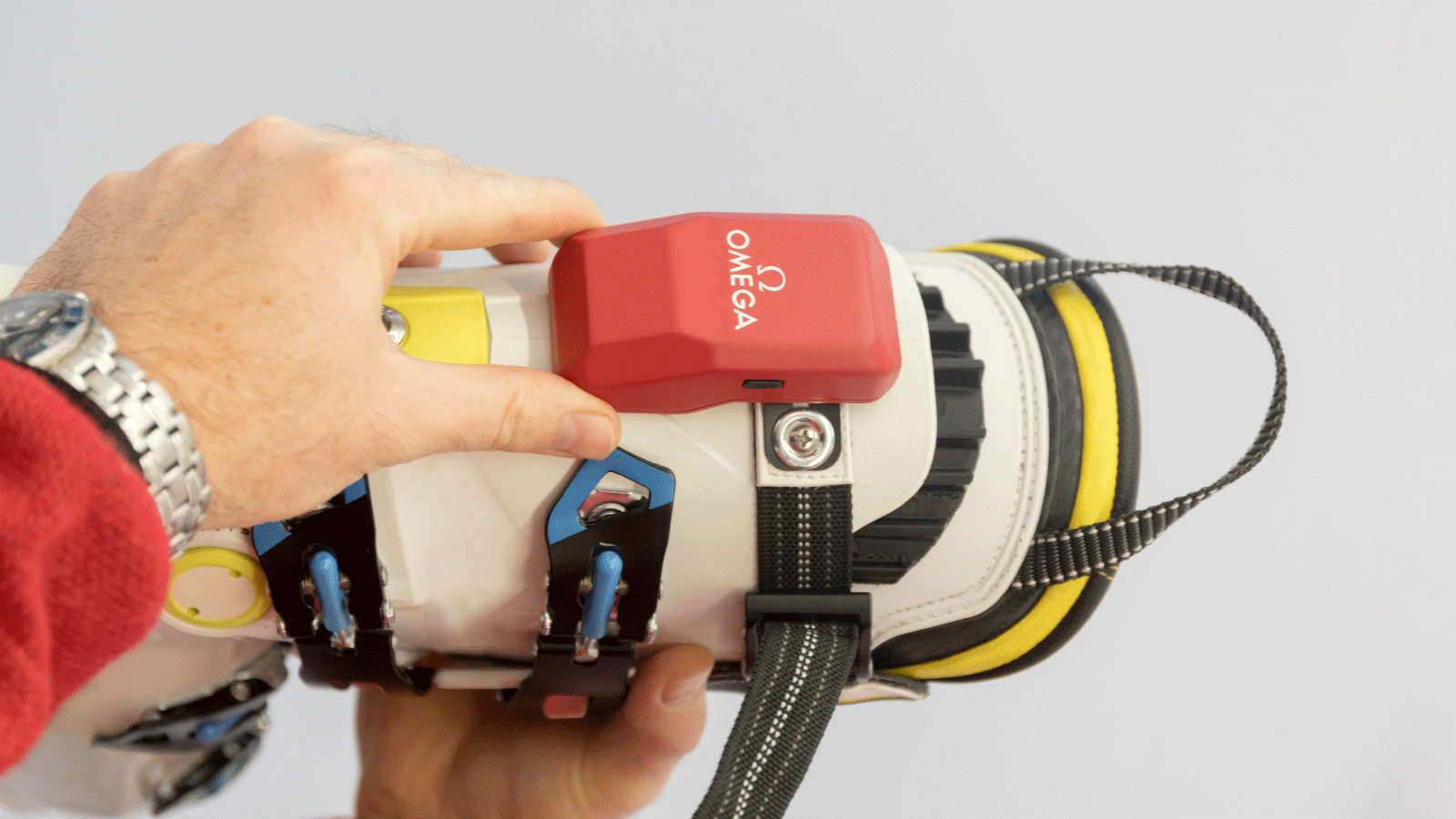
Likewise, Tokyo 2020 was another step forward for OMEGA in the development of its motion sensor and positioning systems. Throughout the two weeks, a comprehensive range of real-time data was captured, once again providing precise insight into the sporting events. Whether it was the live speeds of swimmers, the live positions of runners, or even the speed of a volleyball, the Official Timekeeper was able to track all the information and therefore tell the entire story of each event. Seven sports in Tokyo featured these revolutionary technologies, helping to continue the exciting new era that began at PyeongChang 2018.

Looking Ahead To Paris 2024
We hope by now it’s clear that OMEGA’s ongoing contributions to Olympic timekeeping involve continuous refinement and innovation. Each technological advancement aims to improve the accuracy, reliability, and fairness of timekeeping, ensuring that the best athletes are recognized for their true performance. OMEGA’s role in the Olympics has solidified its reputation as a leader in precision timekeeping and a crucial partner in the world of sports. Now, for the 31st time since 1932, OMEGA is performing its role as Official Timekeeper in all 329 Olympic events across 32 sports – followed by the Paralympic Games, beginning on August 28th.
Taking place in some of the city’s most iconic locations, Paris 2024 will signal the next leap forward in the field of modern timekeeping. Raising the standards of precision and performance, OMEGA will not only measure the results that separate gold, silver, and bronze, but will do so with the next generation of photofinish camera, and a wave of in-depth data collection that will show exactly how each event is won or lost.









 Rolex
Rolex A. Lange & Söhne
A. Lange & Söhne Blancpain
Blancpain Breguet
Breguet Breitling
Breitling Cartier
Cartier Hublot
Hublot Vacheron Constantin
Vacheron Constantin IWC Schaffhausen
IWC Schaffhausen Jaeger-LeCoultre
Jaeger-LeCoultre OMEGA
OMEGA Panerai
Panerai Roger Dubuis
Roger Dubuis TAG Heuer
TAG Heuer Tudor
Tudor FOPE
FOPE Agresti
Agresti L’Épée 1839
L’Épée 1839



